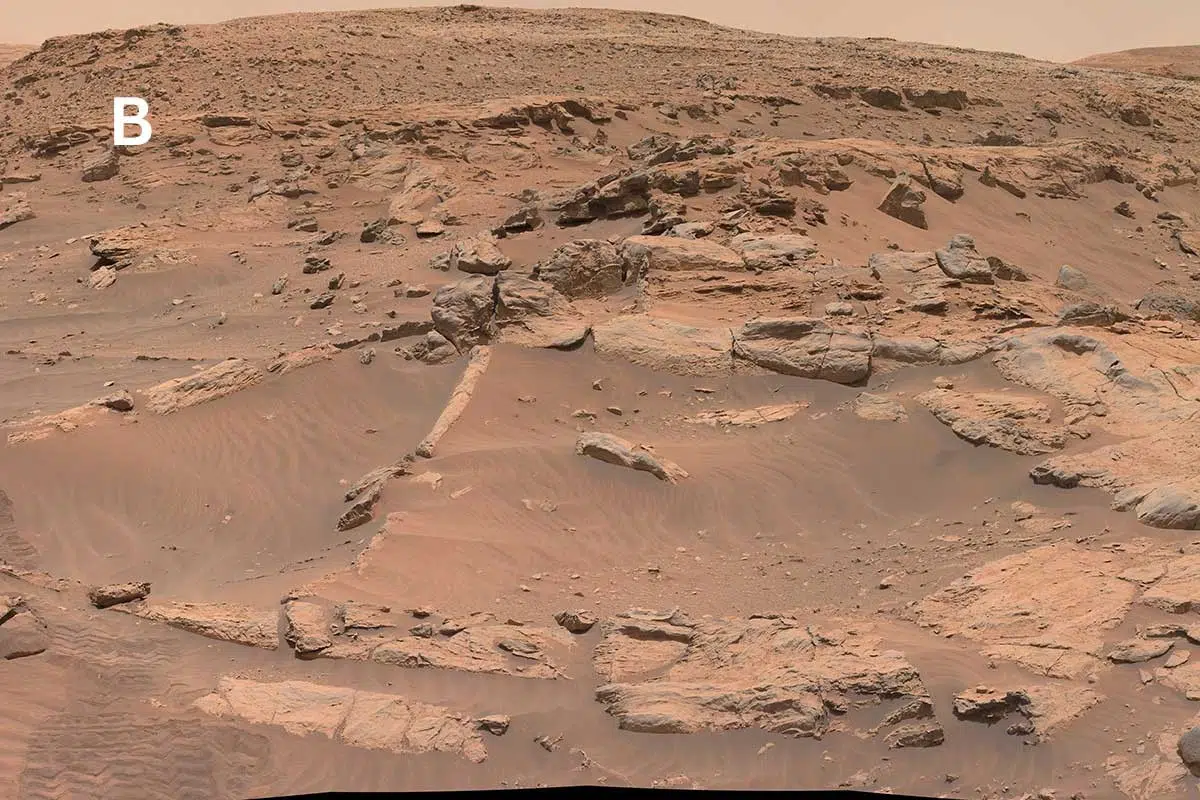For years, scientists have debated how long Mars could have supported life. While it’s been well-established that the planet once had water, new findings suggest that Mars may have been habitable for much longer than previously believed. New research by scientists at New York University Abu Dhabi (NYUAD), published in the Journal of Geophysical Research – Planets, reveals surprising new insights into Mars’ distant past, showing that the planet may have supported life long after its global oceans started to fade.
Uncovering Mars’ Hidden Past: Evidence of Prolonged Habitability
Mars has fascinated researchers for decades due to its ancient potential to support life. A key component of this story has always been the presence of water, and scientists have long known that Mars once had rivers, lakes, and even a global ocean. However, the crucial question has been how long the planet maintained conditions suitable for life.
Recent research led by scientists at New York University Abu Dhabi (NYUAD) and published in the Journal of Geophysical Research – Planets, sheds light on this puzzle by suggesting that the habitability of Mars lasted far longer than expected. Using data from NASA’s Curiosity rover, the study focused on the Gale Crater, a region where ancient sand dunes were found to have turned into rock due to interactions with groundwater. These findings point to the possibility that liquid water persisted beneath the surface of Mars for billions of years, offering a potentially hospitable environment for microbial life.
The research team, led by Dimitra Atri, Principal Investigator at NYUAD’s Center for Astrophysics and Space Science, made this discovery by examining ancient sand formations known as the Stimson Formation. The fact that these formations were created by late-stage aqueous activity suggests that Mars experienced intermittent periods of liquid water much longer than previously believed, offering a broader window for habitability.
A Deeper Look at Mars’ Water History
Mars’ transition from a wet and warm planet to the dry and cold world we see today has long been a subject of intense study. While earlier research suggested that Mars’ rivers and lakes disappeared around 3.7 billion years ago due to atmospheric stripping by solar wind, this new study paints a more complex picture. The findings show that even as Mars’ global oceans began to fade, some regions of the planet, such as the Gale Crater, continued to support liquid water for much longer.
The research team’s analysis revealed that sand dunes in the Gale Crater were lithified—turned into rock—by groundwater that interacted with the sediment over millions of years. This discovery adds a significant layer of understanding to Mars’ geological history, showing that pockets of water might have remained stable deep underground for billions of years after surface conditions became inhospitable.
Mars’ climate was not static, and it’s possible that the planet experienced several cycles of wet and dry periods. Understanding these cycles is crucial for scientists who are trying to determine when, and under what conditions, life could have emerged on Mars.
 The surface of Mars. (New York University Abu Dhabi (NYUAD))
The surface of Mars. (New York University Abu Dhabi (NYUAD))
Groundbreaking Evidence from Earthly Analogues
In order to interpret the Martian data, the research team compared the Gale Crater’s rock formations to desert environments on Earth, particularly in the United Arab Emirates. These Earth analogues have similarly lithified sand dunes that formed under conditions where water was present, providing a useful framework for understanding the processes on Mars.
This approach is part of a broader trend in planetary science, where scientists use Earth-based analogs to interpret findings from other planets. The results from these comparisons suggest that the Martian sand dunes in question formed in a manner similar to those found in Earth’s arid regions, where groundwater slowly turned sand into rock.
One of the key findings of the study was the presence of minerals like gypsum, which are typically associated with water-rich environments. This mineral, which is also found in Earth’s deserts, formed on Mars as a result of groundwater interaction, further supporting the idea that Mars had water beneath the surface long after it had become inhospitable on the surface.

